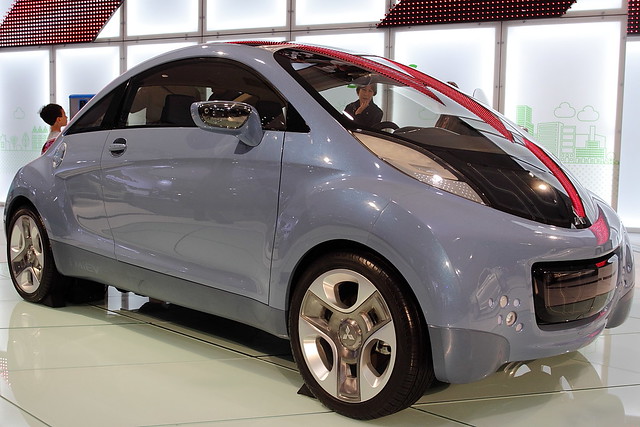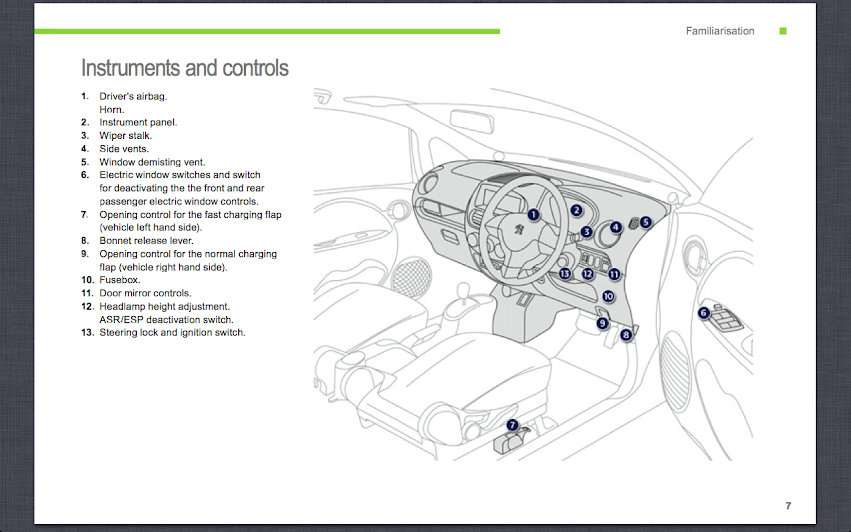Well,
I just may inject a little maturity, experience, and wisdom to the i-MiEV discussion.
My first car was a Triumph TR3, the second a TVR 2500M. I’ve owned an E36 M3 Sedan (preferred by the factory racing team), a CTS-V (mistake), three Prii, a Cayman S, and an i.
Colin Chapman and Trevor Wilkinson would be ecstatic with the i. The wheels are pushed out to the furthest extremes of all four corners. Motor and transmission (and charger and inverter) over the rear driven wheels, with the battery mass located in the exact center of the vehicle. With a curb weight of 2579 pounds (less than a Tesla Roadster -2723 pounds), an extremely low polar moment of inertia, a low center of gravity (the batteries are hanging under the floor pan), and a front to rear weight ratio of 45/55 (identical to my Cayman), the i handles very well in transitions, and under steers (for the consumer’s safety) at the limit.
I think we will see a EV sports car built on the i chassis, one that costs closer to $30,000, not $110,000 (Tesla Roadster). Simply add more Kw for more torque, and a stiffer rear sway bar to reduce over steer. The i experiences wind buffeting due to a light weight cabin that is taller than it is wide. The structure is so tall that the driver experiences motion and tipping. A low slung sports car would easily eliminate that problem.
I just may inject a little maturity, experience, and wisdom to the i-MiEV discussion.
My first car was a Triumph TR3, the second a TVR 2500M. I’ve owned an E36 M3 Sedan (preferred by the factory racing team), a CTS-V (mistake), three Prii, a Cayman S, and an i.
Colin Chapman and Trevor Wilkinson would be ecstatic with the i. The wheels are pushed out to the furthest extremes of all four corners. Motor and transmission (and charger and inverter) over the rear driven wheels, with the battery mass located in the exact center of the vehicle. With a curb weight of 2579 pounds (less than a Tesla Roadster -2723 pounds), an extremely low polar moment of inertia, a low center of gravity (the batteries are hanging under the floor pan), and a front to rear weight ratio of 45/55 (identical to my Cayman), the i handles very well in transitions, and under steers (for the consumer’s safety) at the limit.
I think we will see a EV sports car built on the i chassis, one that costs closer to $30,000, not $110,000 (Tesla Roadster). Simply add more Kw for more torque, and a stiffer rear sway bar to reduce over steer. The i experiences wind buffeting due to a light weight cabin that is taller than it is wide. The structure is so tall that the driver experiences motion and tipping. A low slung sports car would easily eliminate that problem.





